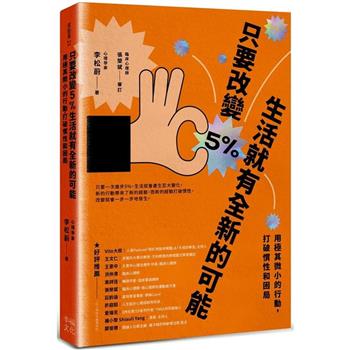Weathering of rocks and subsequent enrichment of organic matter contribute to soil formation, but soil contaminants can arise from diverse sources, such as industrial activities, agricultural practices, and improper waste disposal. These pollutants may include radioactive materials, petroleum products, heavy metals, and pesticides. To restore soil quality, the harmful effects of these contaminants must be reduced through effective remediation approaches. Selecting an appropriate remediation method requires careful consideration of the type of contamination, the characteristics of the soil, and the regulatory requirements for a given site. Managing soil pollution demands a multifaceted strategy that incorporates several remediation tactics customized to specific contamination scenarios. Successful soil remediation programs rely on collaboration between environmental authorities, academic institutions, and industry stakeholders. By prioritizing soil health and sustainability, we can protect the environment for future generations and preserve our natural resources. This book provides a comprehensive overview of ecosystem approaches and phytotechnologies to solve various environmental problems. It includes six chapters that describe and discuss soil contamination sources and remediation strategies.












